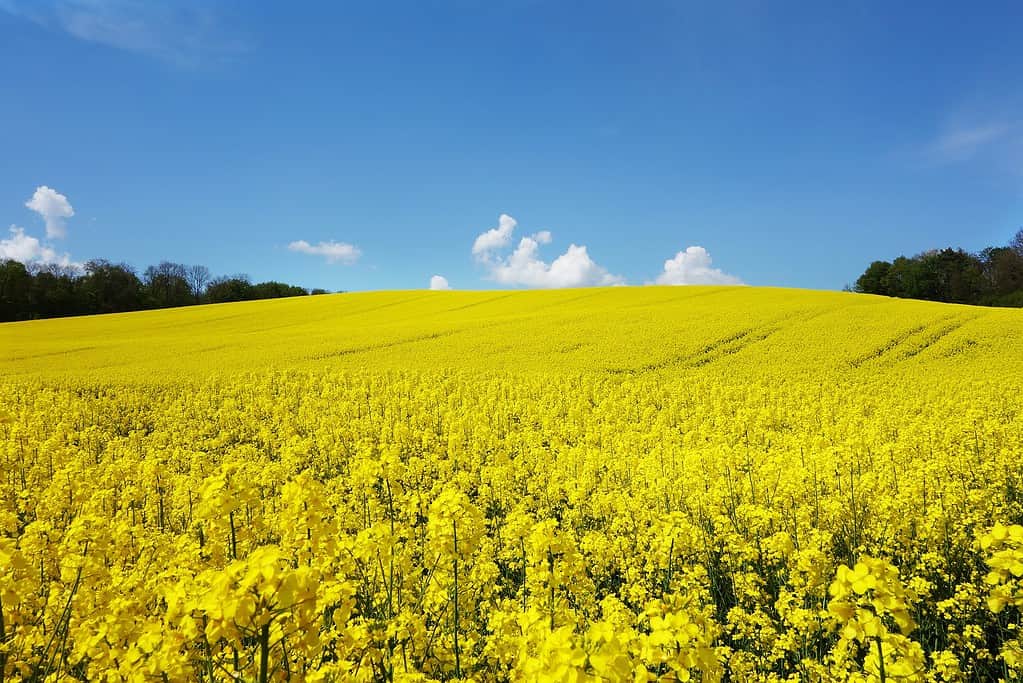
Yellow fields of rapeseed are a familiar sight in the summertime, but did you know that half of the EU’s plant proteins come from this plant? Despite this impressive yield, rapeseed has only been used for oil and animal feed, as it contains bitter substances that make it unsuitable for human consumption.
However, a team of researchers from the University of Copenhagen’s Department of Plant and Environmental Sciences has made a significant breakthrough in removing these bitter substances, paving the way for rapeseed to become a new source of plant protein for humans.
Bitter defenses and protein opportunities
With the world’s population predicted to hit 9.7 billion by 2050, the demand for food is expected to double, putting pressure on protein supply. On top of this challenge lies the climate crisis, which demands that we reduce meat consumption and source more of our protein from plants, which have a much smaller carbon footprint.
It all may sound like an impossible task, but this is where rapeseed may come in. Rapeseed is not only an oilseed but also a source of high-quality protein that contains many essential amino acids. Rapeseed contains 30% to 40% protein, which is more than chicken.
But the rapeseed plant is also rich in glucosinolates, which are bitter defensive substances that protect it from disease and herbivores. These are the same compounds that give mustard and wasabi their spicy flavors, but they also make rapeseed inedible to humans.
In their new study, the Danish researchers identified the three proteins that facilitate the transport of glucosinolates into the plant’s seeds and were able to remove them, thereby eliminating the bitter taste.
“The climate crisis demands that we reduce meat consumption and eat more plants, which is where rapeseed has great potential as a new source of plant protein in the green transition. Our latest research results bring us a critical step closer to making full use of rapeseed,” says Professor Barbara Ann Halkier, who led the research.
Using a technology known as “transport engineering”, the scientists were able to remove unpleasant-tasting proteins only from the seeds, leaving them in place in other parts of the plant so it can still protect itself.
For now, this method has been demonstrated in thale cress (Arabidopsis thaliana), a model plant very closely related to the rapeseed plant. However, the researchers are confident they should be able to translate their findings to the actual rapeseed plant.
Don’t prep your rapeseed recipes just yet though — this may take a while.
“The next task is to show that we can transfer our result from Arabidopsis to the closely related rapeseed plant, which we are now working on,” says Dr. Deyang Xu, lead author of the new study.
The findings appeared in the journal Nature.


